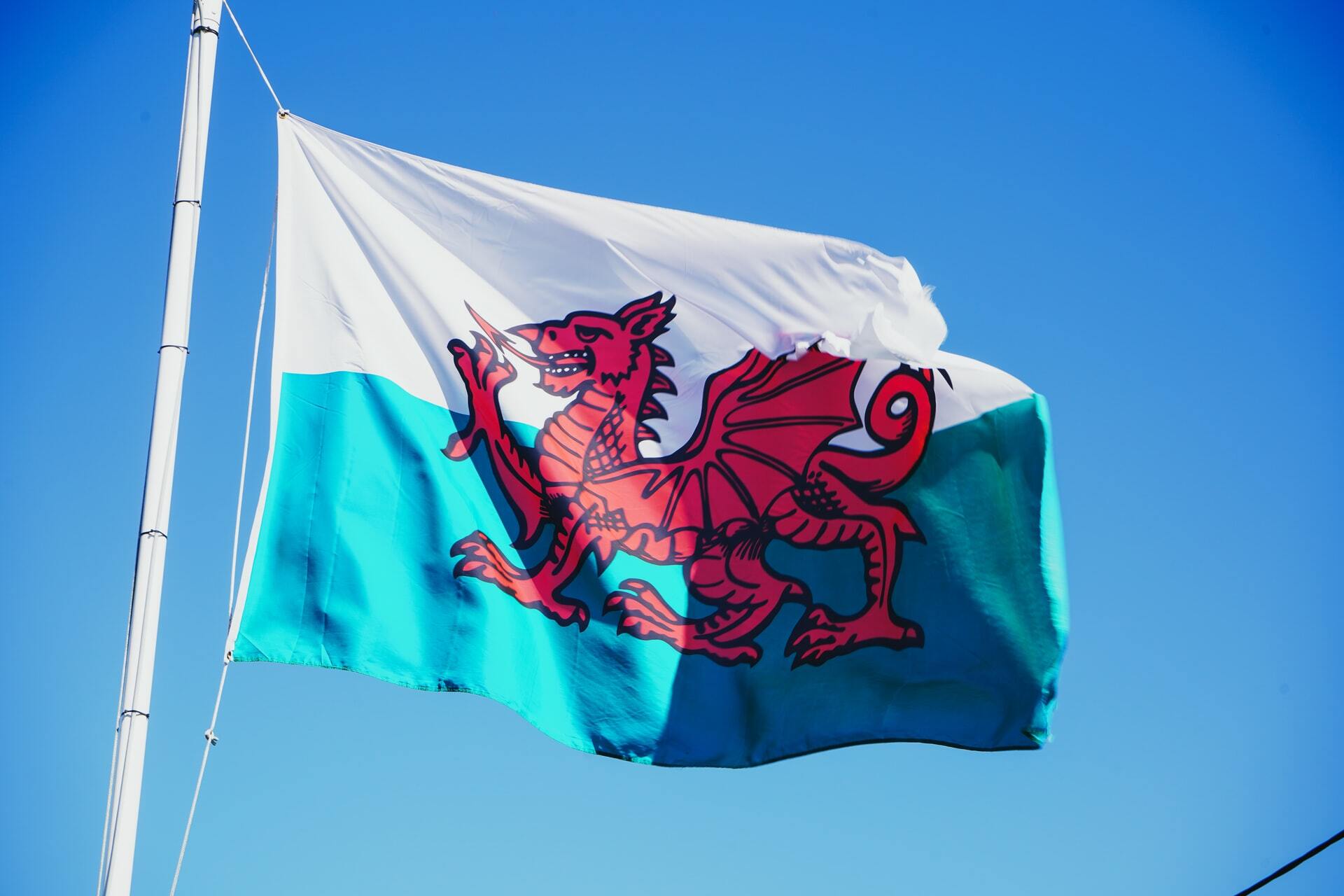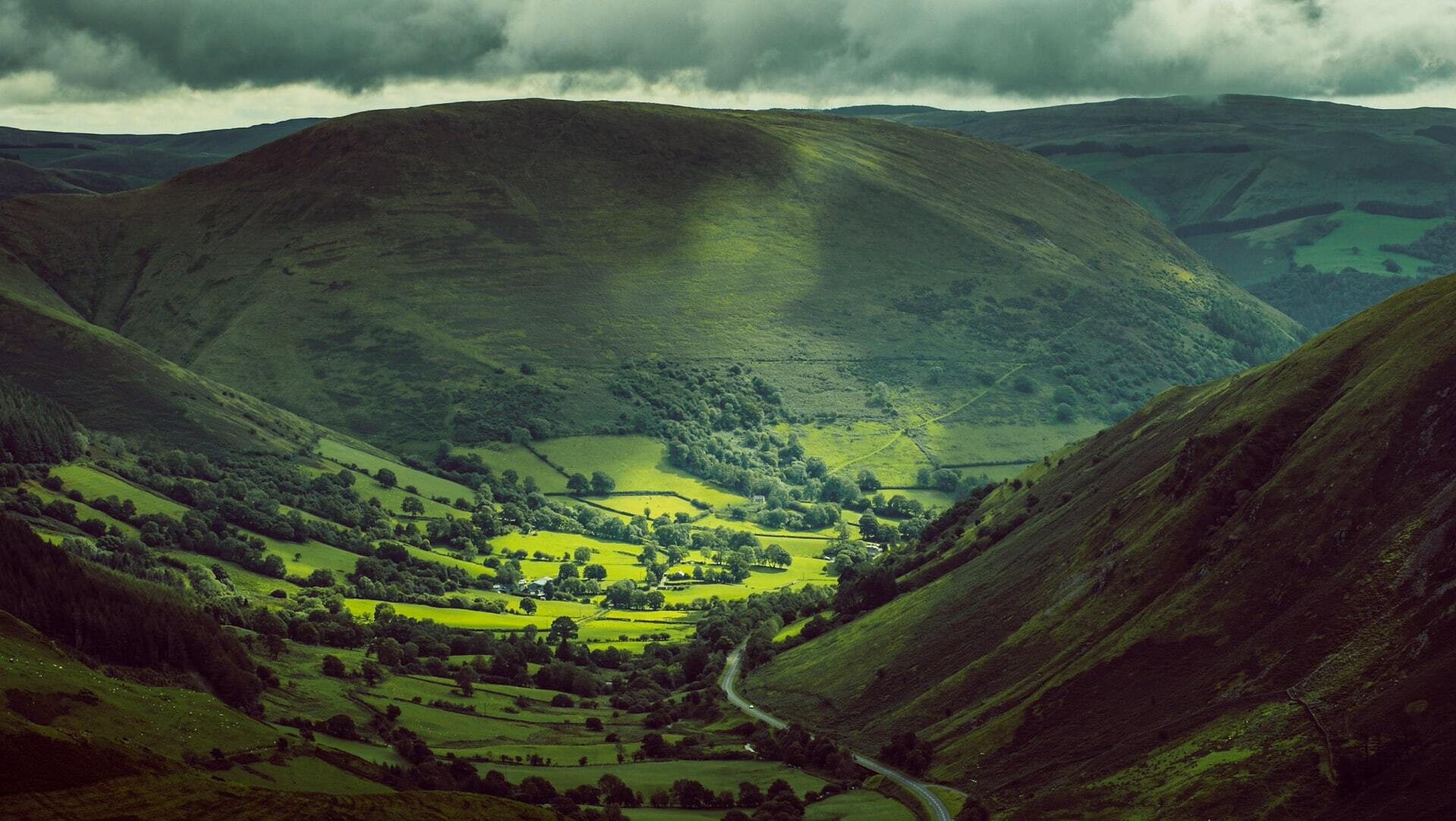Iechyd da! Welcome. Looking to find out more about your potential Welsh ancestry? You’ve come to the right place. The hills and valleys to the west of Great Britain have been settled by the Welsh for millennia, and hold many interesting secrets and stories (your ancestry being one of them).
Can you actually find out about your Welsh ancestry?
Thanks to impressive advances in DNA testing and technology, your genes reveal fairly clear pictures of who your ancestors were and where they were from. The process starts by purchasing a postal DNA testing kit and performing the inner cheek (buccal) swab. Send the box back and wait for your results!

Britain’s most ancient people
It’s thought by scientists in recent years that the Welsh might be Britain’s most ancient people on the island! The reason for this theory is that many Welsh remain genetically distinct from English and Scottish people, with a genetic mutation present from the last Ice Age, 10,000 years ago. This mutation is the same as those hunter-gatherers who left Spain and France and travelled over to Britain when things got extremely chilly. Some scientists believe the Welsh may have been in Britain for as long as 9,000 years.
Whilst most English people are more genetically similar to the Danish and the Germans, due to historical relations, the Welsh managed to use their geographical position in the far west to avoid as much intermarriage and mixing with Romans, Danes, Germans, and more. This has largely continued to this day.
So, who are the Welsh?
The early settlers of Wales are believed to be descendants of the Beaker culture, mixed with immigrants coming from what is now Ireland (Celts) and the Basque country in Northern Spain.
As we’ve said before, the Romans didn’t have too great an effect on Wales, especially in the northwest of the country, so when the Romans left, only the Welsh and some Cornish continued to speak the Pre-Roman language, Brittonic. The version of Brittonic spoken in Wales was developed and recorded into Old Welsh and forms the foundations of what is now the Welsh language.
The term Welsh was given to the people living in these lands by the Anglo-Saxon settlers, further proving their pre-existing unique identity and culture. It is not known what they called themselves before, but they practised many Celtic traditions, and for this reason, the majority of modern-day Welsh people still consider themselves Celts.
Modern Welsh Immigration
In terms of people moving to Wales, the Irish, French, and Italians are the biggest groups of the last century-and-a-half. Why? Simply put, Coal. In the late 19th century, the South Wales coalfields began to attract many workers, largely from England and North Wales, but as the decades went on, foreign workers turned up offering to work for less pay. They soon integrated and became a part of the modern Welsh gene pool.
In the 20th century, immigrants arrived and created communities ranging from Chinese and Pakistani, to Somali and Bengali. Many of these people set up businesses, intermarried, and have too contributed to what it now means to be Welsh.

What are some common Welsh names?
A report from Wales Online in 2020 reported the following numbers for how many people have the following surnames:
- Jones - 170,633
- Davies - 111,559
- Williams - 110,404
- Evans - 74,243
- Thomas - 71,040
- Roberts - 46,130
- Lewis - 40,037
- Hughes - 37,076
This means that Jones and Davies collectively account for almost 10% of the entire population! If you have any of the surnames above, there’s a good chance you’re descended from Welsh people. If other reports are to be believed, up to 20% of Welsh people are descended from ancient kings and warlords, so they might also be your ancestors!
How to find your Welsh ancestors (manually)
Archives, records, and databases have all been preserved surprisingly well, however, you have to accept that there will be some glaring gaps in the documentation. We can thank our ancestors and antique record-keeping processes for the data we do have, which can best be found for Welsh people by looking at:
- The Wales Census - This has been collected every 10 years since 1841, and contains names, addresses, ages, and jobs. Some will include birthplaces, relationships, marriages, languages spoken, and more
- The Civil Register of Wales - Data collection started in 1837 for births, deaths, and marriages. This information can be found in the National Library of Wales
- Welsh Church Records - Starting in 1538, churches in Wales began collecting details on baptisms, marriages, and burials. Finding the information, or knowing which church to contact can be a challenge
How to find your Welsh ancestry digitally
If you prefer to take the digital, or technological approach, then you’ll want to look at DNA testing, which is our core service here at Living DNA. We are proud to boast the DNA testing market’s most informative results, especially for sub-regional ancestry, a vital factor when it comes to looking at Welsh ancestry. Whereas most testing companies bundle Wales, Ireland, and Scotland into one group of Celts, we go one step further when providing information on your ancestors.
LivingDNA provides the most specific Welsh DNA testing results, being able to provide regional information about where in Wales your ancestors lived, specifying between:
- North Wales
- South Wales
- South Wales Border
North Wales results are particularly interesting, as this is where the highest percentage of ancient Welsh DNA is found. We are even able to break down that regional information to provide details relating to Anglesey, Gywnedd, Conwy, Wrexham, and Northern Powys. Our analysis not only looks at DNA, but takes into account archaeological and historical evidence too.
In South Wales, there are also exciting discoveries to be made from analysing your DNA and combining it with regional research. In the areas of Shropshire, Herefordshire, Monmouthshire, Worcestershire, Powys, and Gwent, an ancient tribe called the Silures settled here and their DNA can be found in many of today’s inhabitants. It is thought that the first settlers came over from the continent around 10,000 years ago, though their origins are mixed, with Belgian, German, French, and Spanish DNA all found. These people began the ‘New Stone Age’ after the Ice age and tales of their histories have evolved into some very curious local myths and legends.
What will a DNA Ancestry Test reveal?
Your future DNA testing results will assess your genetic markers to give you even further detailed information, surpassing what our competitors are able to confidently share with you:
- Recent ancestry - What happened in the last 500 years?
- Sub-regional ancestry - Where did your ancestors live and where did they migrate to?
- Extended ancestry - Take a trip back in time up to 10,000 years and be amazed at where your DNA says your ancestors lived
- DNA matches - Discover 2nd, 3rd, 4th, and even more distant cousins, uncles, aunts, and more through our matching system. You might be surprised!
Ready to get started?
Purchase your DNA testing kit today and accelerate your Welsh ancestry research project. We await your order…
